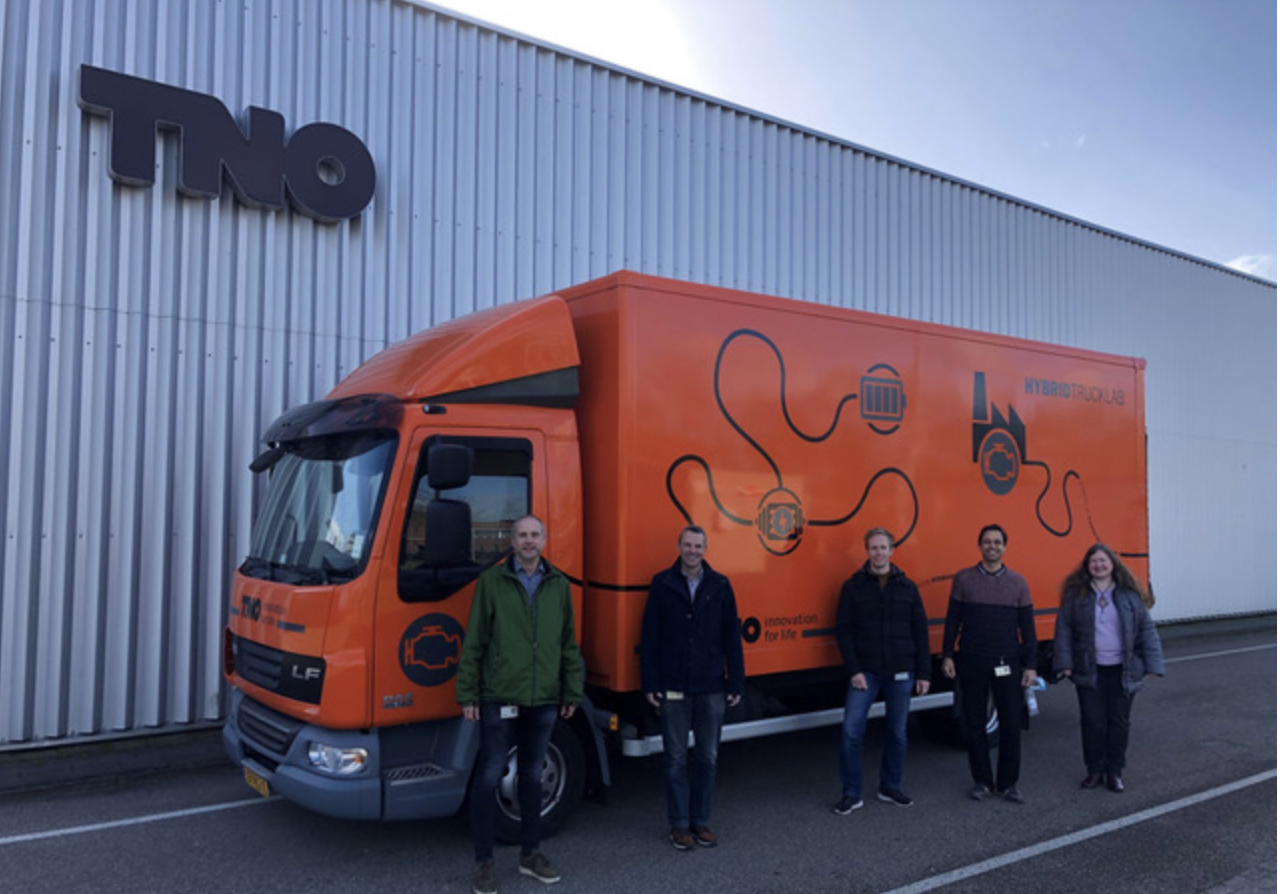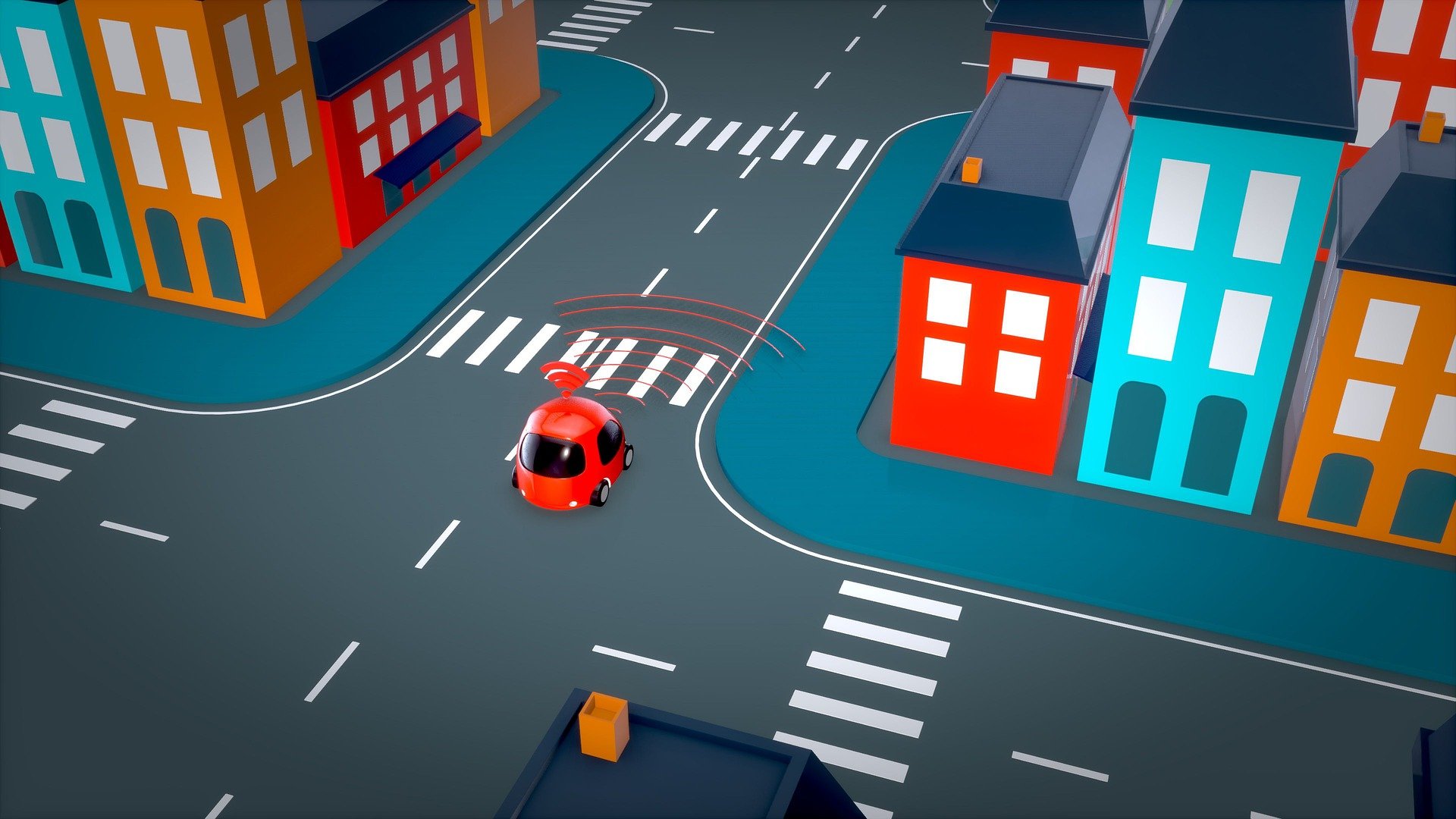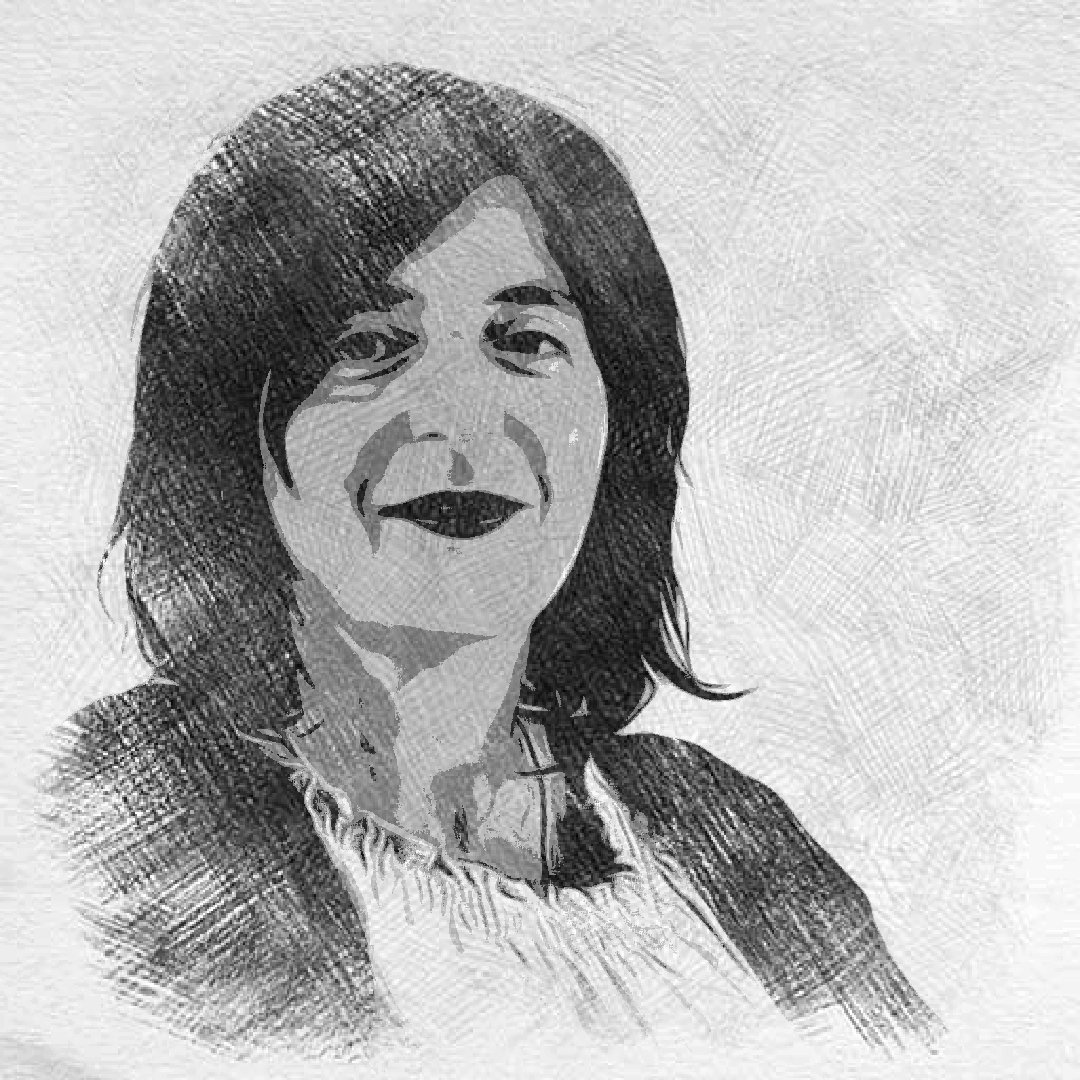
Whether it concerns the effectiveness of batteries in electric vehicles or the reliability of high-speed data communication, in both cases, unforeseen circumstances can disrupt performance. Which is why ways to better respond to these ever-changing circumstances are being ardently sought. Self-learning algorithms, which are able to link existing knowledge and a vast amount of collected data, can play a crucial role in this. Within the AutoAdapt research program, the Netherlands Organisation for Applied Scientific Research (TNO) is investigating the potential of this promising innovative technology.
Frank Willems, professor at Eindhoven University of Technology (TU/e) and principal scientist at TNO in the Traffic & Transport Unit, struck up a conversation a year and a half ago with Gert Witvoet. He is a university lecturer at TU/e and senior specialist at TNO in the Industry Unit.
Willems: “I was just setting up the AutoAdapt research program. It turned out that we had more in common than we thought. That’s the nice thing about working at TNO – that you deal with so many different disciplines. For example, colleagues from no less than five different units are involved in this multidisciplinary research program: Traffic & Transport, where I work, the Industry Unit, which Gert is attached to, as well as ICT, Energy Transition and Defence. All these people bring their own expertise.”

Self-learning systems
According to Willems, the aim of the research within AutoAdapt is to combine existing knowledge with data. “You can ask questions such as: ‘How will a vehicle perform in ten years? How will it be used during that period? Despite widely varying usage, is it still possible to guarantee the lowest possible operational costs?’ To answer these and other questions, you would have to do an awful lot of testing in a lab setting right now.”
Adaptive systems, according to Willems, make it not only possible to make good predictions about all kinds of conditions based on the available data, but also about ways to anticipate them.
“By incorporating the results of other work we have done before in addition to monitoring the progress of actual performances, these adaptive algorithms will also be capable of learning. This will enable us to drastically reduce the time needed for development and testing, and new products can find their way to the market much faster. The potential of these self-learning systems is enormous. This is especially true for complex systems. However, we are also seeing that the gap between the lab situation and industrial application is quite large. It is this gap that we want to bridge with AutoAdapt.”
Demonstrating in actual practice
The aim is to demonstrate in actual practice over the next few years how self-learning, adaptive methods and linking existing knowledge with qualitatively high-value data can be used to accelerate the pace of innovation.

One such promising innovative technology is optical satellite communication, whereby extremely large amounts of data can be transmitted using laser beams. Witvoet: “Self-learning algorithms come in handy here when it comes to configuring a laser beam. This guarantees optimal performance. In other words: plenty of speed, but without compromising the stability and availability of the connection.”
In the case of vehicles, and electric and hybrid trucks in particular – which Willems’ research is focusing on – self-learning algorithms in turn ensure that the right decisions are made. This can involve charging times and battery charging profiles for plug-in hybrid and electric trucks, but also about the route.
Willems: “The last thing you want is for a vehicle to suddenly stop because the battery has gone flat. On the other hand, you don’t want the battery to be written off too quickly either. With the help of self-learning algorithms, vehicles in the future will be able to make well-considered decisions. This means that you can put a lot of data into the cloud, as Tesla is already doing.”
Risk factors
The point where the research areas of Willems and Witvoet intersect is that they are both dealing with unforeseen operating conditions. Willems: “Think, for example, about changing weather conditions or vehicle traffic flows. The major challenge for self-learning adaptive systems is to find out what the right kinds of interventions are that are needed to maintain the maximum level of performance, in spite of these types of risk factors. For example, battery life is highly dependent on usage and charging profiles. While in hot or cold weather, the driver’s driving behavior and the chosen route have a strong influence on energy demand. Regardless of these variances, we want to work towards maximizing the uptime of a truck or bus. So that as much freight or as many people as possible can be transported.”

Even in optical satellite communications, Witvoet adds, internal and external factors, such as turbulence in the atmosphere and vibrations coming from the satellite used, as well as properties and the condition of the individual transmitter and receiver, can cause distortions on the data line. “Vibrations can affect the precision of the beam. If you have a narrower beam, then this allows for faster data traffic, but at the same time, it is also more susceptible to interference. While on the other hand, if the beam is too wide, that comes at the expense of data speed.”
Ability to adapt
How can you now replace the programmer -who is a human being who adjusts all the parameters to optimize everything – with self-learning, adaptive systems that are capable of making modifications to achieve the intended result on the basis of existing knowledge and data?
Willems: “You could equip vehicles with an operating system that is able to make all kinds of decisions thanks to those self-learning, adaptive algorithms. This would yield a lot of advantages. Such as greater safety in traffic, but also optimal use of the battery and in the case of hybrid vehicles, of the combustion engine too. Along with all the associated positive effects, such as fewer nitrogen and CO2 emissions. In the run-up to 2030, we need to move toward zero-emission inner cities. Smart use of data on routes and traffic flows, the state of the battery can put this within reach sooner, even for hybrid vehicles.”
Witvoet is also very optimistic about the capabilities of self-learning algorithms. “In optical satellite communications, equipping the transmitter and receiver with a self-adaptive function enables them to adapt the configuration to changing conditions. And consequently, get the maximum out of the optical link at all times. This guarantees the optimal and consistent transmission of data.”
Early Research Program
The AutoAdapt program is what is known as an Early Research Program, where research takes place across disciplines, Willems explains. More importantly, it is research that is usually well in advance of the actual application of the innovation. “But you shouldn’t think of this as a bunch of researchers huddled together in a room behind their desktops. It is certainly research that is at an early stage, but with the explicit intention of being used within the industry.”

Dot on the horizon
As far as Willems is concerned, that is also the ultimate dot on the horizon: “We really want our insights to deliver results that can be demonstrated in practice with the help of demos. To this end, we would like to start discussions with industrial partners with a relevant user’s case. We are keen to show the results of our research in ‘real world’ situations. For example, we already have a small demo unit on the automotive campus in Helmond. Where, although it’s still in a partially virtual environment and with a virtual vehicle, we can demonstrate battery performance in the real world.”
However, the researchers love to dream big. Witvoet: “The insights we are developing with AutoAdapt could also lead to enormous savings in terms of production costs and time. For example, by helping to create a situation whereby less strict requirements for materials or production tolerances are possible. We hope to reduce costs by putting our innovations into practice together with industrial partners.”
More stable internet
So what will we, as consumers, start to notice in all this? Willems: “Vehicles that can be manufactured faster and cheaper. With minimal operational costs for the user thanks to maximum energy efficiency, maximum usability and longer battery life. But the insights we are developing with self-learning algorithms can also be used in other fields in the future. Such as in the shipping industry, the energy sector, the semiconductor industry or in robotics.”
Witvoet: “Self-driving systems can also ensure better, more accurate laser-satellite communication. And a more stable and faster internet, capable of transmitting a thousand times more data than nowadays. Possibly even 6G. Which the automotive industry can also benefit from at some point!”
Willems: “Well, that’s exactly an example of the advantages of being part of such a multidisciplinary team. I can make use of the knowledge that Gert has in house.”
Witvoet: “And vice versa!”

